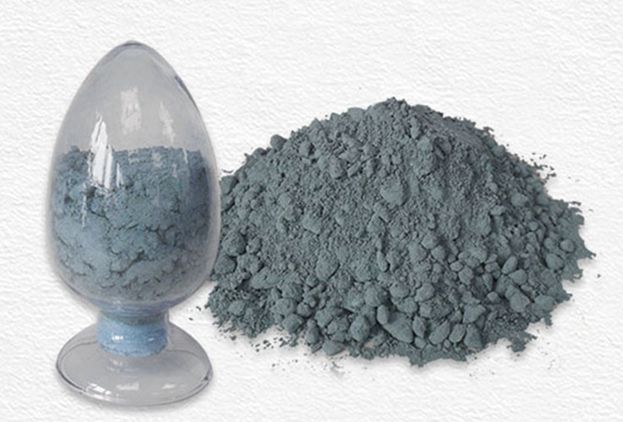
(1) Refractory aggregates and powders are made from calcined outstanding clay clinker and high alumina bauxite clinker. The maximum particle size of refractory aggregate is determined by the thickness of the engineering lining, usually 10mm. Its particle equipment share is: 10-5mm accounts for 30% -40%, 5-3mm accounts for 20% -30%, 3-0.15m accounts for 30% -40%. Generally speaking, when manufacturing low cement refractory castables, less unified materials are used, and instead third and fourth grade grading is used to achieve the maximum bulk density. The amount of refractory aggregate used is 68% -72%.
2) Refractory powder generally uses secondary, primary, or special grade high alumina bauxite clinker as the material. After grinding, iron removal treatment should be carried out. When the fineness of 0.09mm or<0.044mm should be ≥ 90%, it can be used separately or used in cooperation according to the proportion. Sometimes advanced materials such as fine alumina powder, white corundum powder, or brown corundum powder are added to improve the matrix function of low cement refractory castables. The amount of refractory powder used is 18% -25%. If advanced materials are added during this period, the dosage is 5% -10%. There are many types of refractory ultrafine powders, and active SiO2 powder (i.e. silica fume) is widely used both domestically and internationally, as well as a-A2O3 powder, C2O3 powder, etc. Its dosage is 2% -12%.
The calculated dosage of refractory powder and ultrafine powder is 28% -32%. It should be pointed out that there are different types of low cement refractory castables and different amounts of ultrafine powder, and there are corresponding optimal amounts that need to be determined through experiments. The optimal dosage is 4% -10%.
(3) In low cement refractory castables, the main additives used are high-efficiency water reducing agents and dispersants, including NNO, MFJN.SM, humic acid, citric acid, tartaric acid and their salts, sodium tripolyphosphate, sodium hexametaphosphate, and boric acid, with a general dosage of 0.033% -1.0%. When selecting admixtures, they should be compatible with ultrafine powders, taking into account the origin, convenience of use, and cost of the materials. Generally speaking, organic admixtures have better water reducing and dispersing effects than inorganic admixtures. In addition, swelling agents such as blue crystal and sillimanite are added to make low cement refractory castables exhibit slight swelling at high temperatures.
After familiarizing oneself with these basic manufacturing principles, it is possible to mix multiple types of low cement refractory castables. For example, a casting material composed of 8-0mm bauxite clinker aggregate 70%, same grade bauxite clinker powder 20%, No. 625 CA-50 cement 5%, silica fume 5%, sodium tripolyphosphate and water 65% is equipped with a drying compressive strength of 20N, a compressive strength of 0.2% after 140 ℃, and a linear shortening of 6.5% after water. The drying compressive strength is greater than 20 MPa, and the compressive strength and linear shortening after 1450 ℃ are 70 MPa and 0.01%, respectively; The amount of water used to produce good low cement refractory castables is generally not more than 7%, and the less the better.


